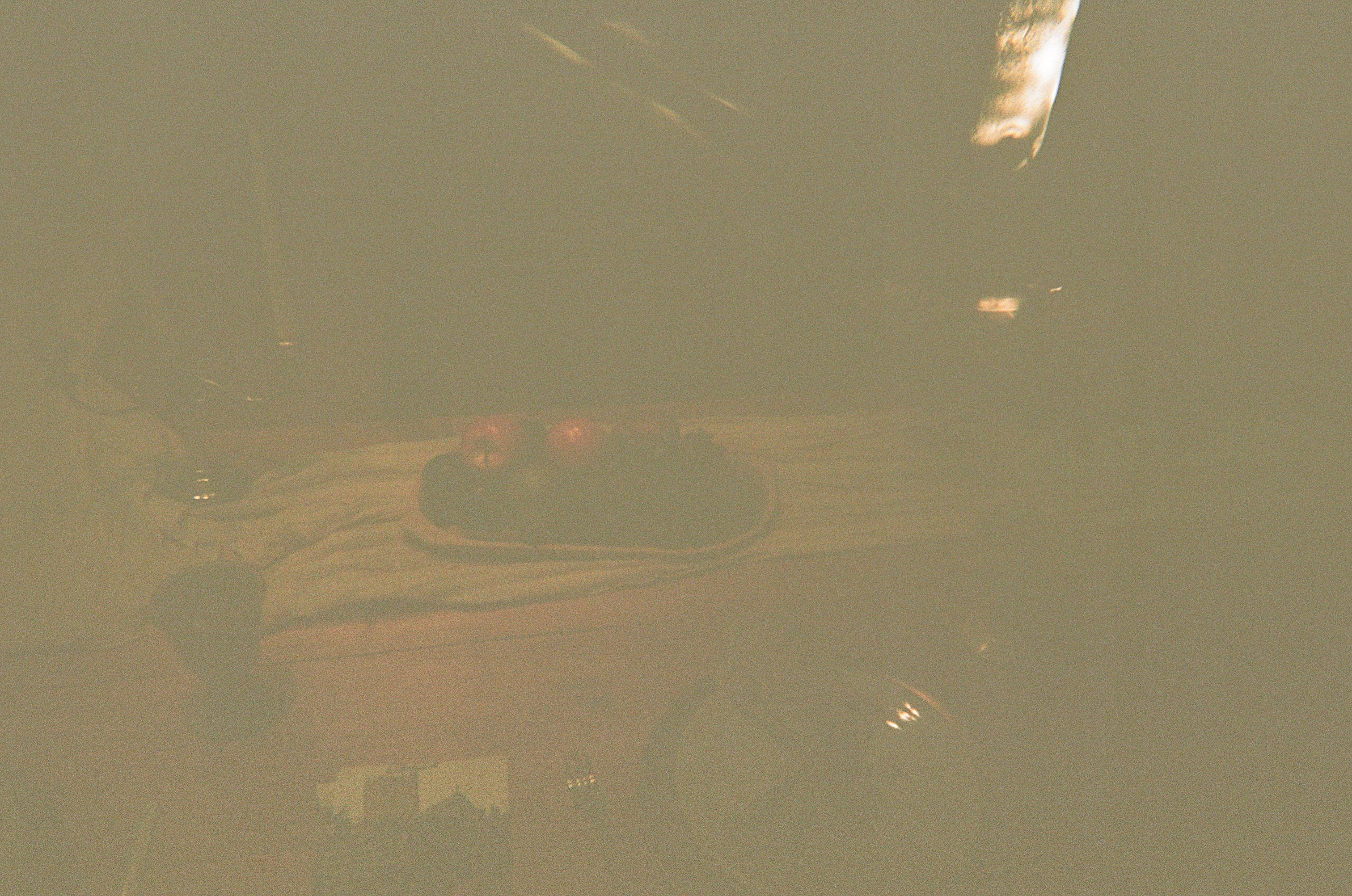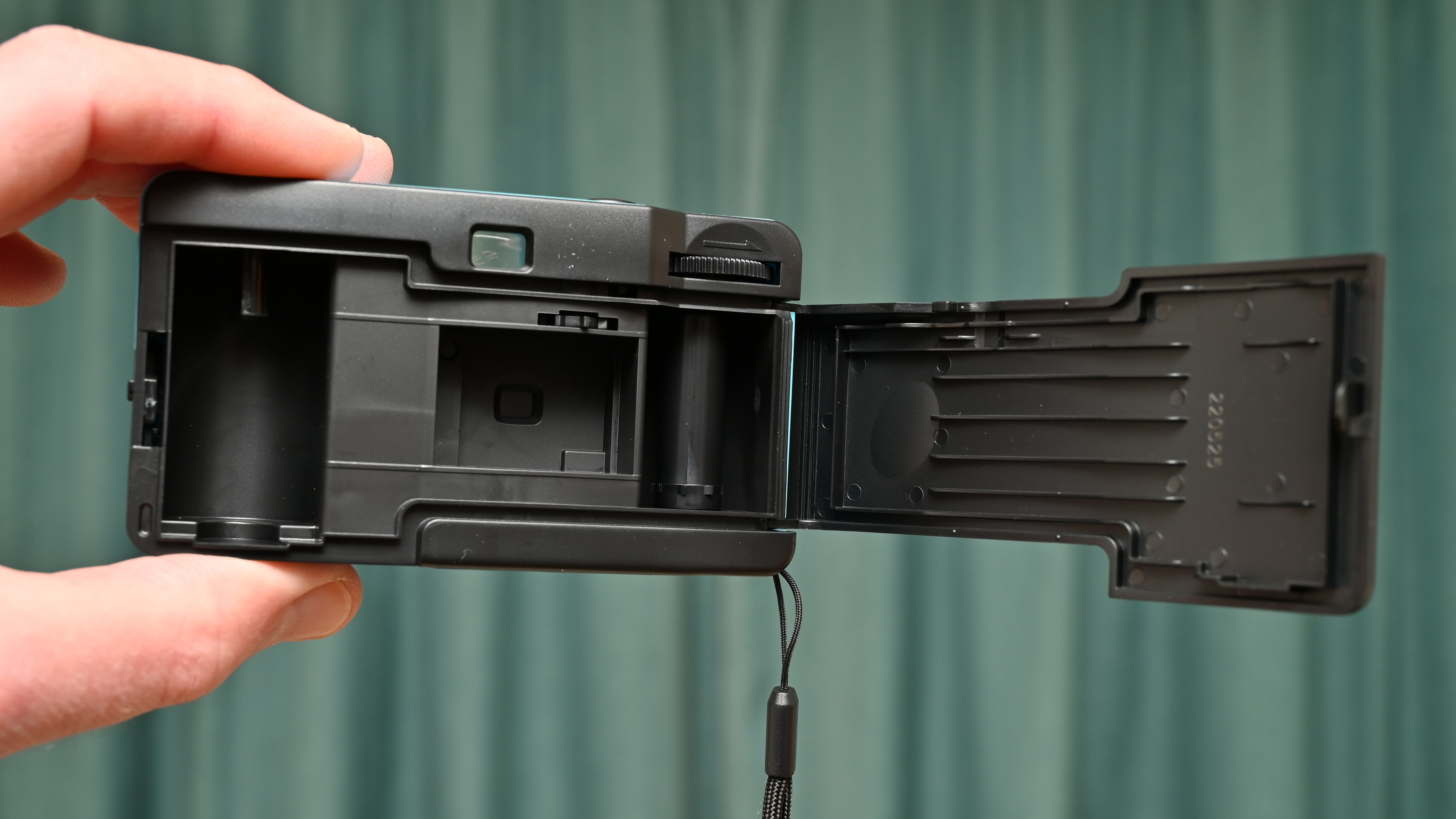Digital Camera World Verdict
The Kodak M35 Reloadable Film Camera is nothing if not colorful, available in a wide range of bright and muted colors. It’s very basic and simple to use. Just add a roll of 35mm film and a Triple-A battery and you’re good to go. Keep your expectations low for image quality and you won’t be disappointed.
Pros
- +
Lots of color options
- +
Built-in flash
- +
Reloadable
Cons
- -
Film and battery sold separately
- -
Basic design
- -
Variable results
Why you can trust Digital Camera World
It’s easy to argue that the Kodak M35 is more eco-friendly than the massed ranks of single-use 35mm film cameras on the market. Instead of binning it after shooting just one roll of film, you can reload at will and use it again and again. That’s a tick in one box at least. For those of the digital age who have never used a film camera before, there’s no need to panic. Loading the film is easy and shooting with the camera is even easier. In fact, it could hardly be more basic.
Specifications
| Camera type | 35mm reusable |
| Film type supplied | None |
| Color / B&W | Purchased separately |
| Film length supplied | N/A |
| Flash | Yes |
| Minimum subject distance | 1m |
| Dimensions (W x H x D): | 114 x 63 x 35mm |
| Weight (inc film & battery): | 128g |
Price & Availability
Widely available from Internet suppliers and retail stores, the Kodak M35 costs around $27/£25. That’s a little more expensive than most single-use, disposable cameras but naturally, its reloadable nature can make it cheaper in the long run. There’s a catch though, in that unlike disposable cameras, it’s not supplied with a film or battery, so you have to buy those separately, and 35mm doesn’t come cheap.
Design & Handling
The Kodak M35 is undeniably cheap for a reloadable 35mm film camera, and it looks it. It’s made from shiny, smooth ABS plastic although at least it comes in a big range of different colors, including the likes of Candy Pink, Flame Scarlet, Yellow, Mint Green, Grapefruit, Lavendar and Cerulean Blue, as well as more subtle hues like Clouds White, Olive Green and Starry Black.
The feature list is pretty standard, with a single-element 31mm fixed lens. As usual for this type of camera, the lens is fixed in terms of both aperture and focus distance, the former being f/10 and the latter giving enough depth of field to cover distances from 1m to infinity. The shutter speed is also fixed at 1/120th of a second.
If you’re also in the market for film, Kodak UltraMax ISO 400 is a good choice, as it has a wide exposure latitude to compensate for the camera’s lack of exposure adjustment. It should work ok for outdoor shooting in wide-ranging conditions from cloudy and shade to direct sunlight.
For shooting indoors or after dark, the camera features a built-in flash with a range of about 1-3m. There’s a sliding switch on the front panel of the camera for turning the flash on and off, and the AAA battery (which you have to buy yourself) gives a recycle time between flashes of about 15 seconds.
The battery flap is much easier to open than with the Kodak i60 camera that I’ve also reviewed, and the film door is less prone to being opened inadvertently. Loading a film is quick and easy to do, the shutter button works smoothly and the film advance wheel comes to a satisfying click after each frame. An interlock with the shutter prevents double-exposures and stops you winding the film on too far between shots. At the end of the roll, there’s release button on the bottom of the camera and a crank up top for winding the film back into its canister. A frame counter by the shutter button lets you keep an eye on progress.
Photo Performance
I took the camera for a sunny day out, testing it outdoors in wide-ranging lighting conditions, from direct sunlight to deep shade. I also took some indoor shots with and without flash.
The best camera deals, reviews, product advice, and unmissable photography news, direct to your inbox!
My choice of film was Kodak UltraMax ISO 400 color negative film, which is advertised as giving vivid yet accurate color with a wide exposure latitude. True to its claims, it gave sufficient headroom for really bright scenes under direct sunlight, yet still delivered usable exposures in deep shade, despite the camera having a fixed exposure setting of 1/120th of a second at f/10. With ISO 400 film, flash proved all but essential when shooting indoors, even under bright room lighting.
The Kodak M35 certainly isn’t the sharpest tool in the box, however, with typically poor retention of fine detail in images, typical of cheap plastic film cameras with single-element lenses.
Sample Images
This gallery of sample shots was taken in varying lighting conditions from bright direct sunlight to deep shade, as well as indoors with and without flash.








Verdict
I like that Kodak offers this camera in such a wide variety of color options. There’s something to suit every taste and mood. It’s also pretty good value for money as a reloadable rather than a single-use camera, even though you have to buy the film separately from the get-go. Build quality and handling are pretty good but, as with other cheap disposable/reloadable film cameras, outright image quality looks more like something people would find ‘passable’ half a century ago.
Should you buy the Kodak M35 Reloadable Film Camera?
✅ Buy this...
- Reloadable with new film
- Built-in flash
- Lots of color options
🚫 Don't buy this...
- Doesn’t include film
- No battery included
- Finish looks cheap
Alternatives
Matthew Richards is a photographer and journalist who has spent years using and reviewing all manner of photo gear. He is Digital Camera World's principal lens reviewer – and has tested more primes and zooms than most people have had hot dinners!
His expertise with equipment doesn’t end there, though. He is also an encyclopedia when it comes to all manner of cameras, camera holsters and bags, flashguns, tripods and heads, printers, papers and inks, and just about anything imaging-related.
In an earlier life he was a broadcast engineer at the BBC, as well as a former editor of PC Guide.













